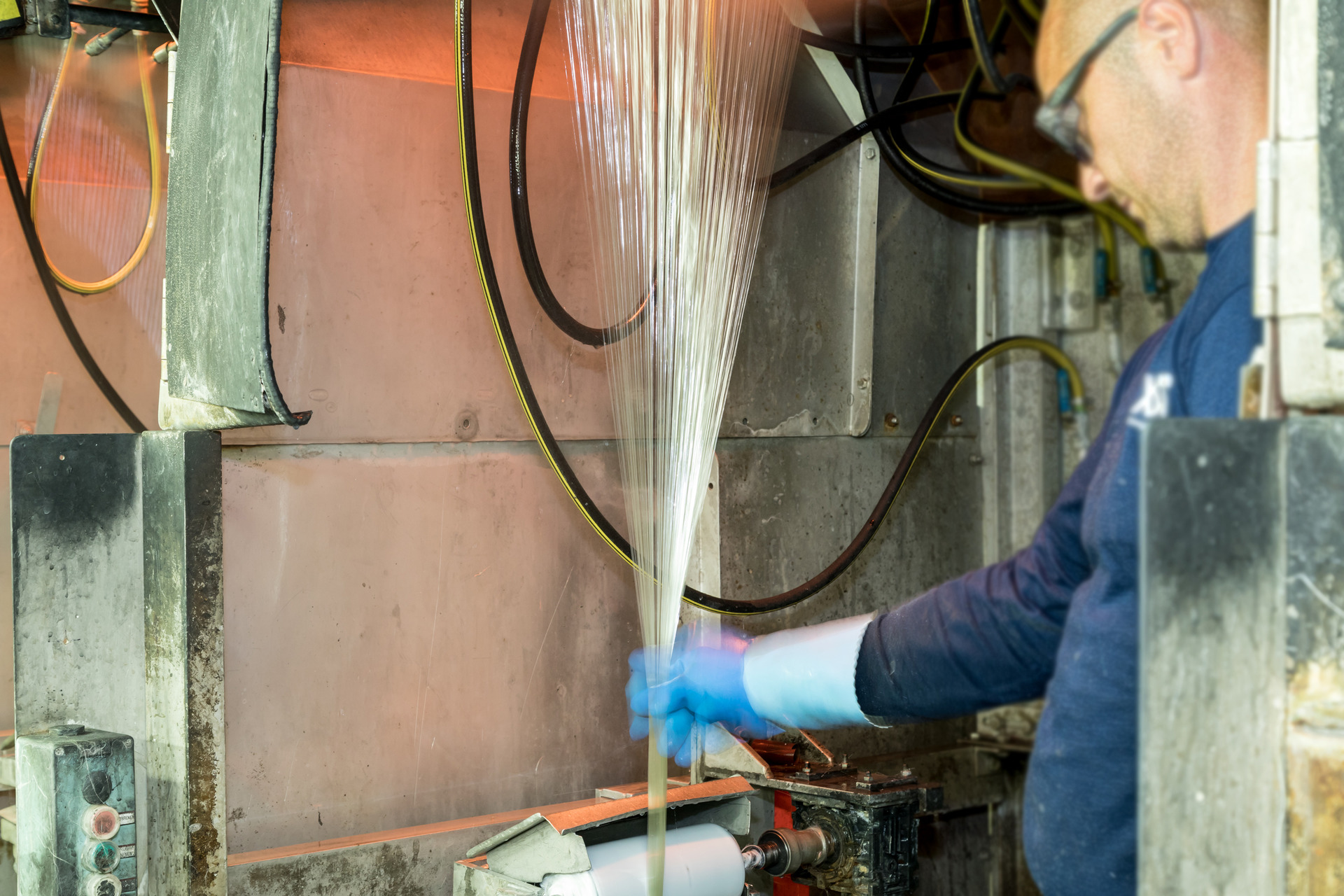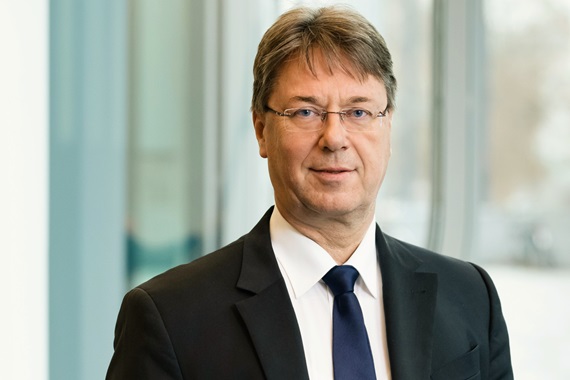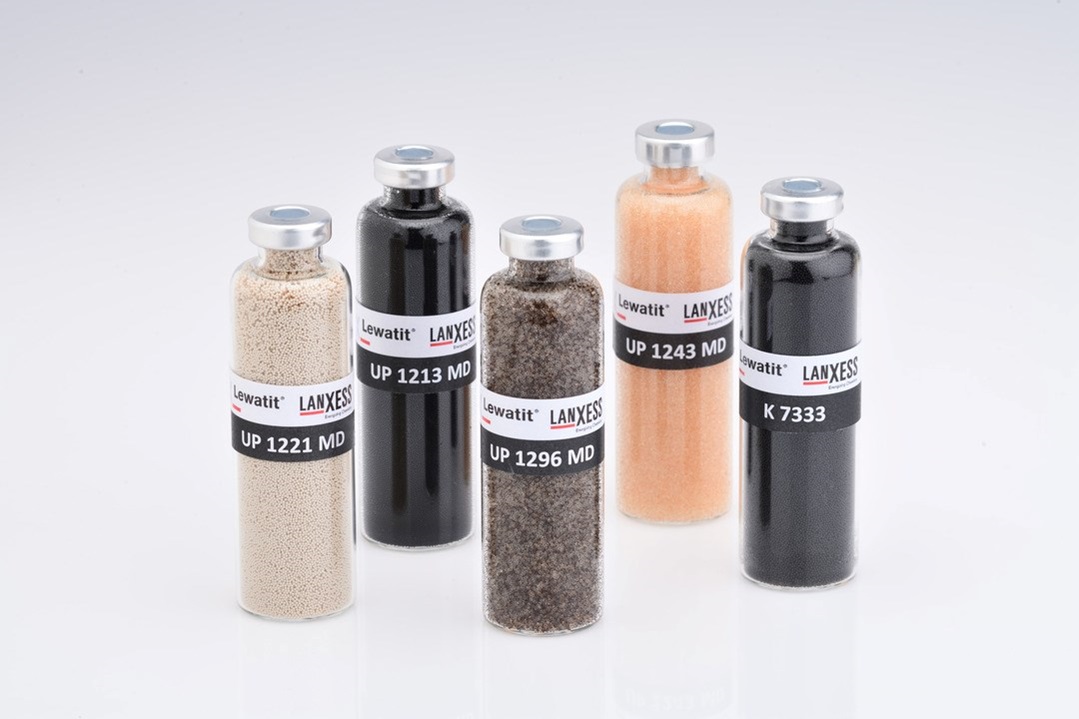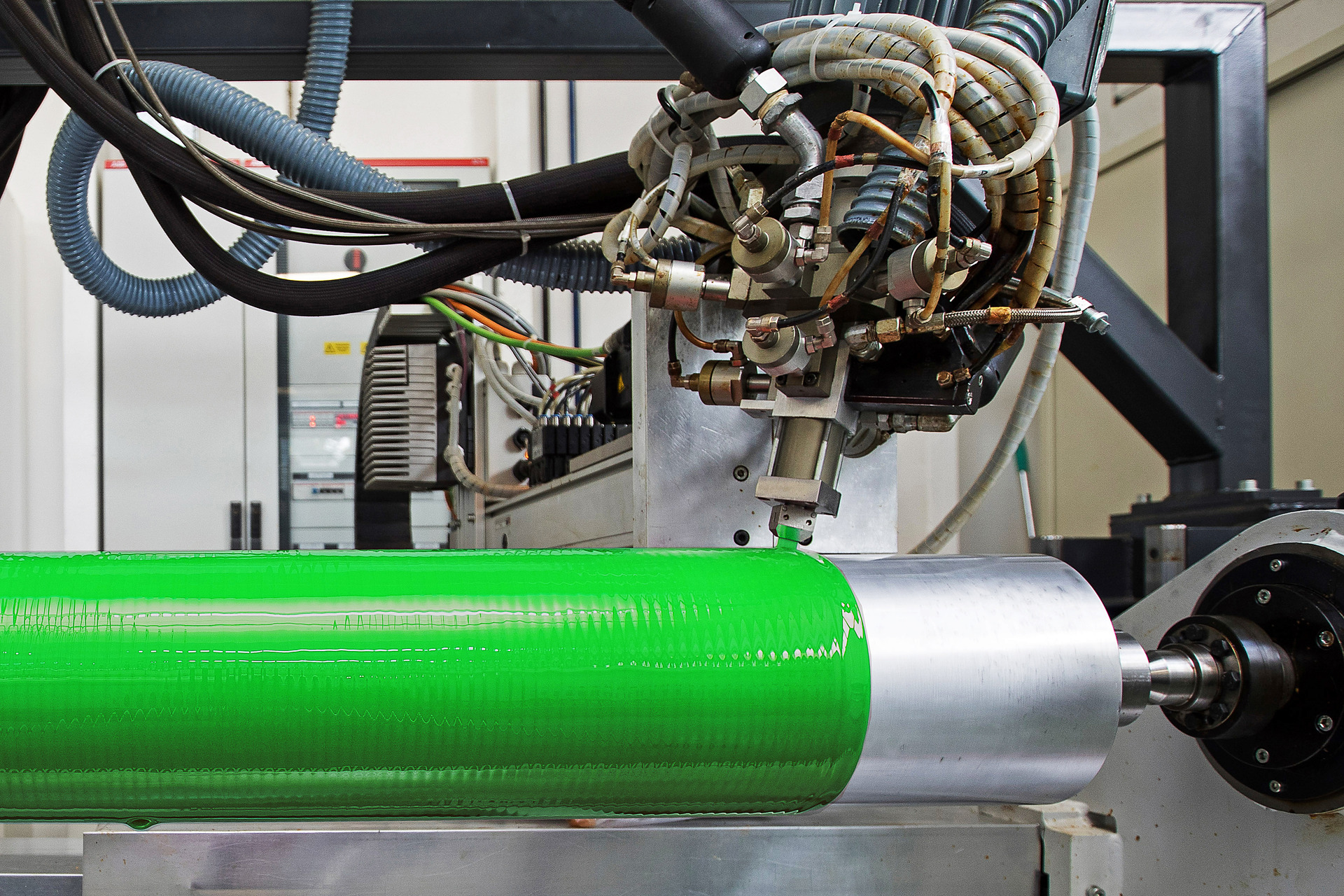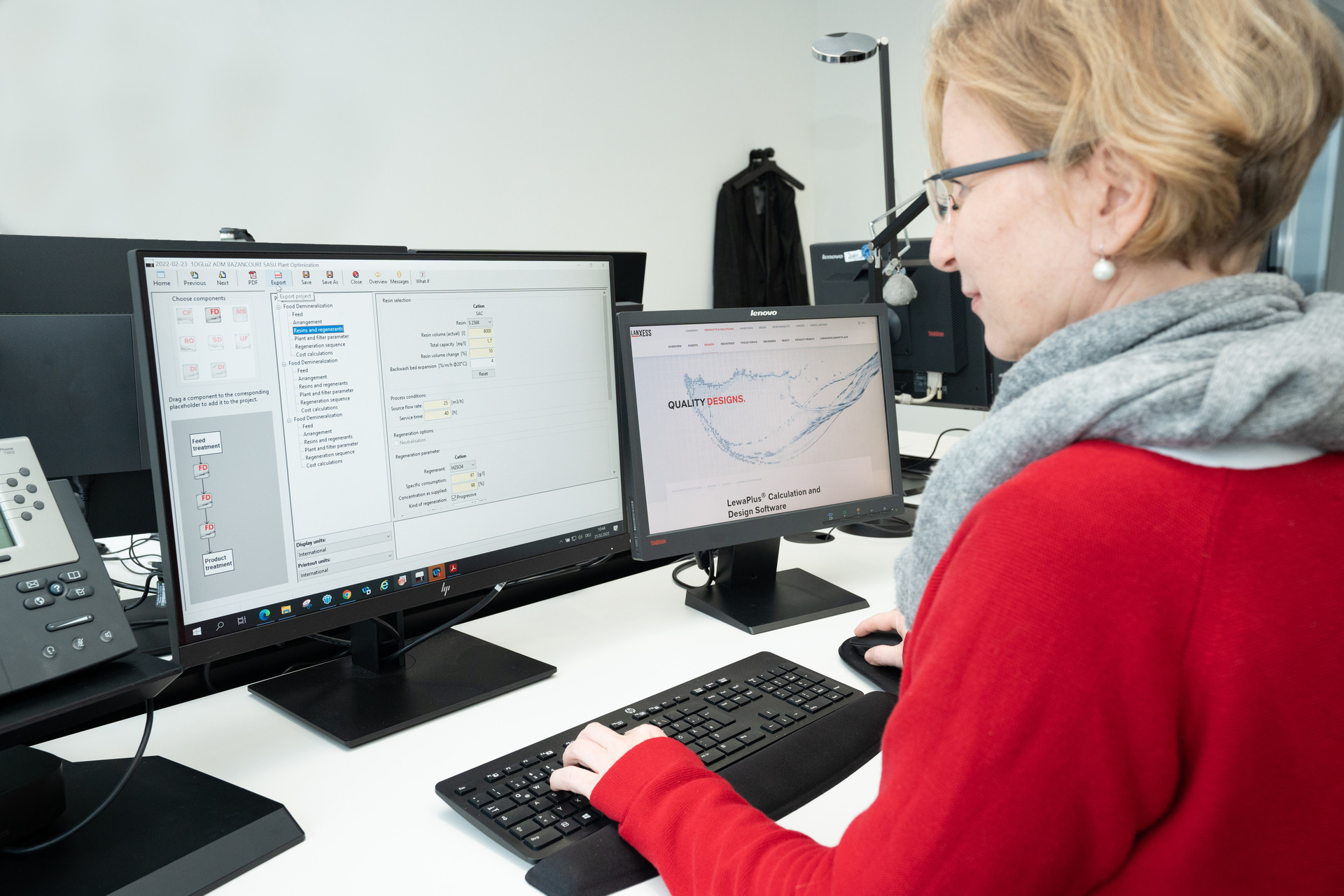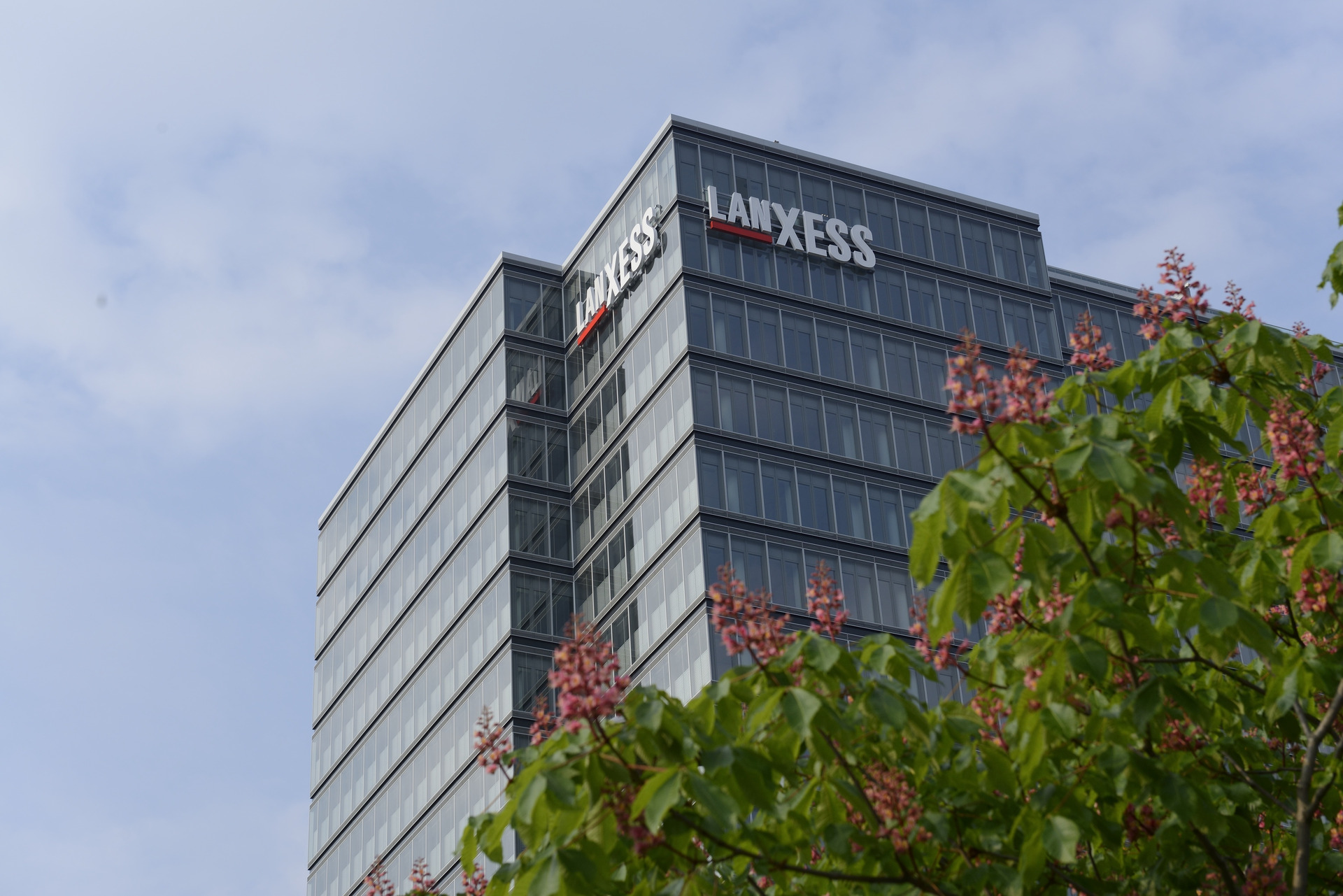New Durethan ECO polyamide product range featuring fibers from waste glass
- Certified by ecoloop in accordance with the mass balance method
- Conserving raw materials, less greenhouse gases
- Material properties identical to those of conventional virgin quality material
- Range of products containing a high percentage of recycled material continues to grow
CologneJune 26, 2020
Specialty chemicals company LANXESS is increasingly making use of recycled raw materials in the production of its thermoplastic compounds and composites. “We want to help make the switch from a throw-away society to a circular economy. Our goal is to make more and more of our plastic products sustainable so that we can make our growth less dependent on the consumption of finite resources, improve our carbon footprint and protect the environment,” explains Dr. Guenter Margraf, global product manager at the company’s High Performance Materials (HPM) business unit.
Durethan ECOBKV30H2.0, ECOBKV35H2.0 and ECOBKV60XF are the most recent examples of products made in line with this strategy. Recycled fibers manufactured from waste glass make up 30%, 35% and 60% by weight respectively of these three new polyamide 6 compounds. Ecocycle, an independent inspection company, has examined the amount of recycled material in each compound and the long-term use of the glass waste stream using the mass balance method and awarded an ecoloop certificate in accordance with ISO 14021:2016. The glass comes from waste left over from glass fiber production (post-industrial recycling).
The mass balance approach is derived from an initiative launched by the non-profit Ellen MacArthur Foundation and is employed by companies around the world, including a number of plastic producers, for chemical recycling of post-industrial and post-consumer waste. With this process, recycled raw materials are incorporated into production together with the petrochemical or mineral feedstocks commonly used otherwise and then arithmetically allocated to the end product. The basic principle is similar to the way in which environmentally friendly electricity or gas is fed into the electricity grid or gas network. The amount of sustainably produced energy in the electricity grid rises with demand, although it is not possible to make any physical distinction between the sources of energy at single-household level. One point in the mass balance method’s favor is that the characteristics of the finished product – such as a polyamide compound reinforced with recycled waste glass fibers – are identical to those of virgin quality material. In other words, using the method does not mean sacrificing any product characteristics. “That means that an injection molder can process the compound using existing facilities just like the conventional product – and enjoy the sustainability benefits of the certified product at the same time,” says Margraf.
HPM’s primary target for the three new compounds is the automotive industry. As Margraf explains, “For instance, Durethan ECOBKV60XF offers exceptional strength and rigidity, which makes it suitable for manufacturing structural components such as front ends, pedal bearing brackets and A-, B- and C-pillars, as well as lightweight battery trays for electric vehicles.”
HPM is going to be gradually increasing the number of ECO product types certified in accordance with the mass balance method. For example, it is planning to launch a new polyamide 6 with a glass fiber content of 30 percent and a reduced carbon footprint. The caprolactam required to produce this more environmentally friendly polyamide 6 is based on a selection of petrochemical raw materials which support this concern.
HPM is not currently using waste glass fibers from end-of-life components (known as post-consumer recycling), but does view them as a particularly sustainable raw material for use in manufacturing new glass fibers. After all, they do offer similar benefits as the domestic collection and recycling of glass containers, which have been practiced successfully for quite some time. Waste glass melts at lower temperatures than the raw materials used in manufacturing glass fibers. It therefore makes it possible to save energy and thus lower CO2 emissions. “Using waste glass cuts down on the use of resources as well, because it saves glass raw materials,” says Margraf. “It also means there’s no need to dispose of the waste glass.”
Durethan ECOBKV30H2.0, ECOBKV35H2.0 and ECOBKV60XF are the most recent examples of products made in line with this strategy. Recycled fibers manufactured from waste glass make up 30%, 35% and 60% by weight respectively of these three new polyamide 6 compounds. Ecocycle, an independent inspection company, has examined the amount of recycled material in each compound and the long-term use of the glass waste stream using the mass balance method and awarded an ecoloop certificate in accordance with ISO 14021:2016. The glass comes from waste left over from glass fiber production (post-industrial recycling).
Mass balance method comes with benefits for processors
The mass balance approach is derived from an initiative launched by the non-profit Ellen MacArthur Foundation and is employed by companies around the world, including a number of plastic producers, for chemical recycling of post-industrial and post-consumer waste. With this process, recycled raw materials are incorporated into production together with the petrochemical or mineral feedstocks commonly used otherwise and then arithmetically allocated to the end product. The basic principle is similar to the way in which environmentally friendly electricity or gas is fed into the electricity grid or gas network. The amount of sustainably produced energy in the electricity grid rises with demand, although it is not possible to make any physical distinction between the sources of energy at single-household level. One point in the mass balance method’s favor is that the characteristics of the finished product – such as a polyamide compound reinforced with recycled waste glass fibers – are identical to those of virgin quality material. In other words, using the method does not mean sacrificing any product characteristics. “That means that an injection molder can process the compound using existing facilities just like the conventional product – and enjoy the sustainability benefits of the certified product at the same time,” says Margraf.
Focus on automotive applications
HPM’s primary target for the three new compounds is the automotive industry. As Margraf explains, “For instance, Durethan ECOBKV60XF offers exceptional strength and rigidity, which makes it suitable for manufacturing structural components such as front ends, pedal bearing brackets and A-, B- and C-pillars, as well as lightweight battery trays for electric vehicles.”
Polyamide 6 with reduced carbon footprint currently in development
HPM is going to be gradually increasing the number of ECO product types certified in accordance with the mass balance method. For example, it is planning to launch a new polyamide 6 with a glass fiber content of 30 percent and a reduced carbon footprint. The caprolactam required to produce this more environmentally friendly polyamide 6 is based on a selection of petrochemical raw materials which support this concern.
Waste glass fibers – a precious commodity
HPM is not currently using waste glass fibers from end-of-life components (known as post-consumer recycling), but does view them as a particularly sustainable raw material for use in manufacturing new glass fibers. After all, they do offer similar benefits as the domestic collection and recycling of glass containers, which have been practiced successfully for quite some time. Waste glass melts at lower temperatures than the raw materials used in manufacturing glass fibers. It therefore makes it possible to save energy and thus lower CO2 emissions. “Using waste glass cuts down on the use of resources as well, because it saves glass raw materials,” says Margraf. “It also means there’s no need to dispose of the waste glass.”
LANXESS is a leading specialty chemicals company with sales of EUR 6.7 billion in 2023. The company currently has about 12,800 employees in 32 countries. The core business of LANXESS is the development, manufacturing and marketing of chemical intermediates, additives and consumer protection products. LANXESS is listed in the leading sustainability indices of the Dow Jones Sustainability Index (DJSI World and Europe).
This company release contains certain forward-looking statements, including assumptions, opinions, expectations and views of the company or cited from third party sources. Various known and unknown risks, uncertainties and other factors could cause the actual results, financial position, development or performance of LANXESS AG to differ materially from the estimations expressed or implied herein. LANXESS AG does not guarantee that the assumptions underlying such forward-looking statements are free from errors, nor does it accept any responsibility for the future accuracy of the opinions expressed in this presentation or the actual occurrence of the forecast developments. No representation or warranty (expressed or implied) is made as to, and no reliance should be placed on, any information, estimates, targets and opinions contained herein, and no liability whatsoever is accepted as to any errors, omissions or misstatements contained herein, and accordingly, no representative of LANXESS AG or any of its affiliated companies or any of such person's officers, directors or employees accepts any liability whatsoever arising directly or indirectly from the use of this document.
